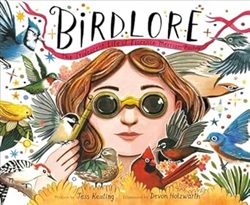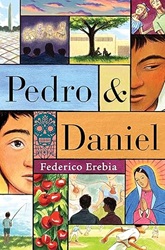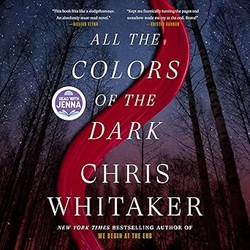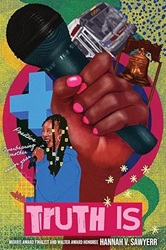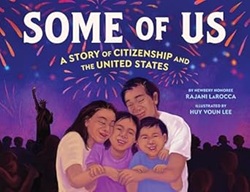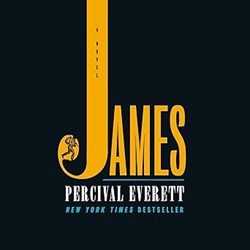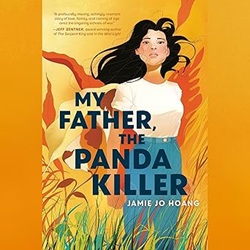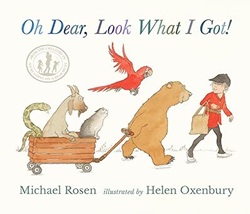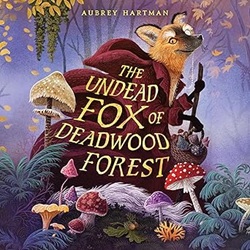Review of The Dagger and the Flame, by Catherine Doyle
by Catherine Doyle
read by Emily Carey and Freddy Carter
Simon & Schuster Audio, 2024. 13 hours, 23 minutes.
Review written July 21, 2025, from a library eaudiobook.
Starred Review
This is another eaudiobook I decided to put on hold because so many other people had done so. Maybe they were onto something! I saw that the sequel is out soon, and it already has lots of NotifyMe tags in Libby – I decided to see what the fuss is about, and was glad I did.
This is a romantasy with a dash of violence, but a unique set of fantasy world-building. Seraphine has grown up on a farm with her mother, a smuggler of Shade – a magical substance with an affinity for shadows. But the Prologue tells us about a strange experiment her mother didn’t want her to see, when something she did with Shade turned their cat into a monster.
There are two groups in the city that use Shade, but Sera’s mother only sold to the Cloaks. The Cloaks wear cloaks woven and sewn and created with Shade that enable the wearer to turn invisible in shadows. They are a guild of thieves, hired by those who desire their services. Sera’s mother told her to go to them if she is ever in trouble.
So when Sera comes home to find her mother dead, their farm burned, and sees a member of the other guild, the Daggers, standing over her – Sera runs to the Cloaks. She knows she may be next if she can’t find sanctuary. Can she fit in with them and learn to be a thief? She’s used to Shade, but not to wielding it.
After establishing all this, we hear from our second viewpoint character – Ransom, a Dagger who has indeed been tasked with assassinating Seraphine. He’s in no hurry, but finds himself more intrigued by his mark than he’s accustomed to. Daggers actually drink a potion made of Shade. It’s said that drinking Shade eventually eats out their hearts, but they can actually wield shadows and kill with impunity.
And then some monsters start appearing in the city, killing people with much less finesse than the Daggers used – but the same symptoms on their bodies. Does it have something to do with Sera’s mother’s experiments? And then when Ransom tries to carry out his assignment – she discovers the necklace her mother gave her has a strange power.
The history of the city, the guilds, and shade, is all woven into the story. Both characters have strong friendships in their guilds that help guide their actions and choices. It all builds to a crisis that leaves things unsettled, but with a new kind of power to explore. I’m definitely wanting to find out what happens next – coming in September! (And I’m currently in line for the eaudiobook. Note: I think it’s related to the author being Irish, but the ebook and eaudiobook are available to the library before the print book, which comes out in December.)
Find this review on Sonderbooks at: www.sonderbooks.com/Teens/dagger_and_the_flame.html
Disclosure: I am an Amazon Affiliate, and will earn a small percentage if you order a book on Amazon after clicking through from my site.
Disclaimer: I am a professional librarian, but the views expressed are solely my own, and in no way represent the official views of my employer or of any committee or group of which I am part.
Subscribe for more reviews and talk about books.
Join the conversation: What did you think of this book?

